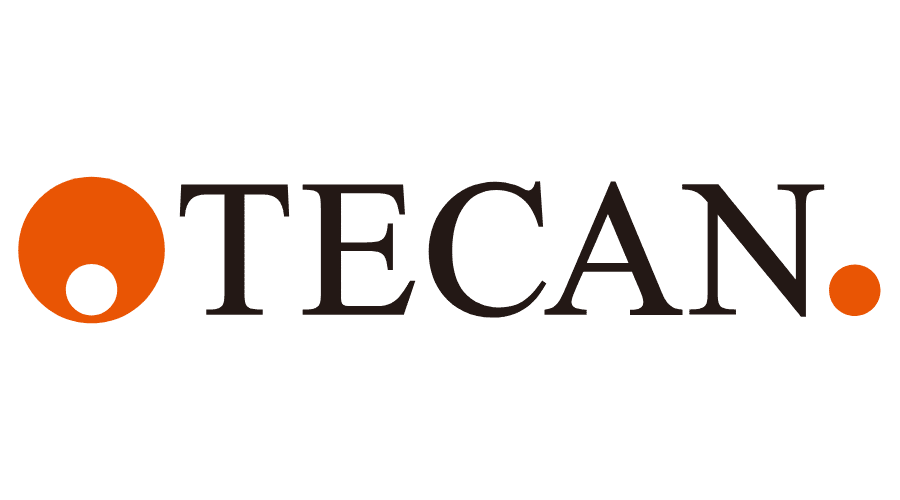How genomics is paving the way for viral surveillance: an interview with Lin Pham


Lin Pham is the vice president of R&D at Tecan Genomics (CA, USA). Few people share Lin’s incredibly versatile background in the life sciences; she has worked in R&D, marketing, project management, market development, as the general manager of the first genome company in China and was one of the pioneers in the genomics industry.
Can you introduce yourself and give us a brief overview of your background?
I initially trained as an MD but, after I graduated from medical school, I soon realized that I didn’t like to focus on treating symptoms without finding the underlying cause. I wanted to learn more about the fundamentals and the etiology of disease, which naturally led me into research and then quickly into genomics. I was there for the early days of DNA sequencing, before its evolution from cutting-edge research to translational research, to what it is now: the driving force of molecular diagnostics, pharmacogenetics, metagenomics and genetic testing, to name a select few. Nowadays, I consider myself a genomics research, development and applications insider and, yes, truly one of the ‘dinosaurs’ of the industry.
You’ve been in the field during an incredibly exciting time, with advances that have reshaped research beyond recognition. How have these technologies been used during the COVID-19 pandemic?
These technologies were there at ground zero in Wuhan (China) when the virus first emerged. Because of modern genomics, researchers could quickly identify and isolate the causative pathogen and install public health measures to try to contain it. Unfortunately, SARS-CoV-2 (the causative agent of COVID-19) is proving harder to contain than the SARS outbreak in 2003, and thus we now find ourselves amid a global pandemic. However, the vast amount of genetic information we’ve rapidly uncovered, combined with recent technological breakthroughs, have allowed researchers to develop effective vaccines in record time. This has shown us that we are capable of responding quickly, and that when the next new virus emerges – because this will happen again – we will be much better prepared and hopefully be able to stop it before it becomes a pandemic.
So, to better answer your question, genomics played a pivotal role in the initial discovery of SARS-CoV-2 and is at the forefront of ongoing viral monitoring. Researchers in Wuhan were faced with two patients presenting with severe pneumonia-like symptoms, but who returned negative results to all the routine respiratory disease tests. They took a whole genome sequencing approach to discover what was causing the disease. RNA was extracted from the bronchoalveolar lavage fluid samples previously collected from the two patients and, using Tecan’s Trio RNA-Seq™ Library Preparation Kit – designed to detect highly degraded and limited RNA – they constructed the library and sequenced the whole transcriptome. They found a novel pathogen with high homology to SARS-coronavirus but with clear differences, which we now know as SARS-CoV-2.
To identify a new virus and nail it as the responsible agent – all within a week – is an utterly amazing result. What’s even more incredible is the ability to do this with the abundant background noise of human ribosomal RNA and a whole bunch of microbes that reside in our body. Using next generation sequencing (NGS) technologies, they were able to deplete the unwanted noise and accurately sequence the entire viral genome.
The pandemic has taken so many twists and turns. Could you explain the importance of ongoing viral monitoring and identifying new variants?
As we know, the virus has evolved and will continue to mutate as it infects more people. This makes ongoing monitoring – or surveillance – of the viral genome imperative to containing the pandemic and implementing appropriate public health measures. New variants may be more contagious, some more deadly, and, if one emerges that is both, this public health crisis will escalate even further.
Ongoing surveillance is not only vital to tracking these variants, but also to answering the many unanswered questions that remain. Can we transmit the disease to others if we get infected while vaccinated? How long does immunity through vaccination last? How do we know if asymptomatic people are infectious? And, what do new variants mean for infected patients’ recovery and long-term health? Ongoing viral surveillance with the use of NGS and other technologies will hopefully answer these questions, leading to a greater understanding of this virus and any future emerging pathogens.
Do you think the pandemic has brought about a change in genomic research methods, or has it led to any new innovations?
Absolutely, yes. But NGS library construction methods are evolving all the time anyway, especially for greater sensitivity and speed, and reduced cost. When I visited multiple labs in China 2 years ago – before COVID-19 – one of the main desires for infectious agents testing was for a 24-hour turnaround time. So, if they collected a patient sample one day, the report was ready in the next day. Then, obviously cheaper and more robust kits with minimal hands-on time were also important goals.
Before that trip, I would’ve told you that the Tecan Genomics’ Trio RNA-Seq kit was ideal for pathogen RNA-Seq. With its sensitivity and robustness, it is designed for super low input and degraded samples, but we realized the need for a faster workflow. This led to the development of Revelo™ RNA-Seq, which provides a robust solution meaning lower failure rates – with even better sensitivity – and the ability to finish in a 6-hour workflow. Although the work on this kit started before COVID-19, the pandemic certainly accelerated its development in response to the global need.
The sensitivity of these kits has also proven to be vitally important during the pandemic and is a crucial factor in helping to answer the questions above. Testing asymptomatic populations or potential carriers may be inconclusive because of a lack of sufficient viral material to identify the virus using qPCR or to classify the variant through sequencing. This is where Tecan’s Crescendo cDNA Synthesis for qPCR kit comes into play. Crescendo allows researchers to amplify precious samples in order to perform not only accurate qPCR, but also a range of additional downstream investigations like sequencing, gene expression and genotyping.
What do you think is the next step? And what have we learnt most from the last 18 months?
In the research community and beyond, we see once again how powerful NGS technologies are in helping us during a global health crisis. We have learnt that we need to test more widely and much earlier, and the importance of having technologies that we can rapidly deploy globally. For Tecan Genomics, it has shown us the need to stay at the cutting edge, to have the right tools in place and to respond quickly. We simply don’t know when the next SARS-CoV-2 variant will emerge, but we are better prepared to respond and to swiftly control the next infectious disease when it strikes.
For Research Use Only. Not for use in diagnostic procedures.
In association with Tecan.






